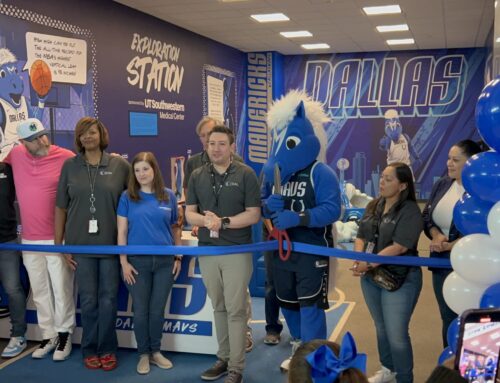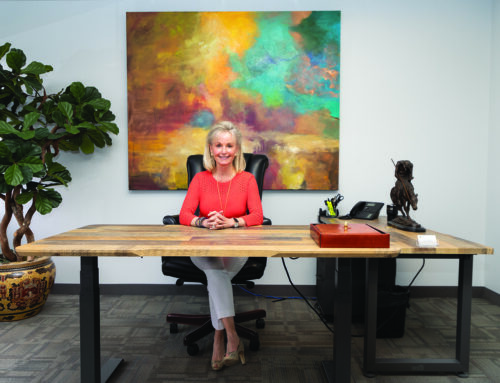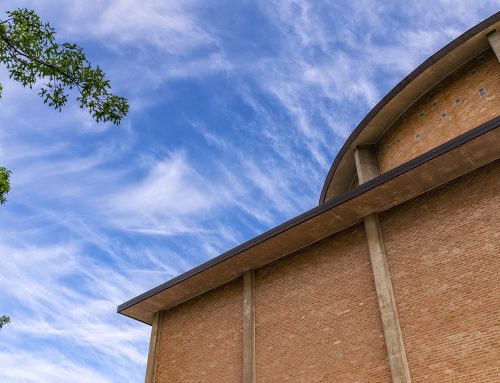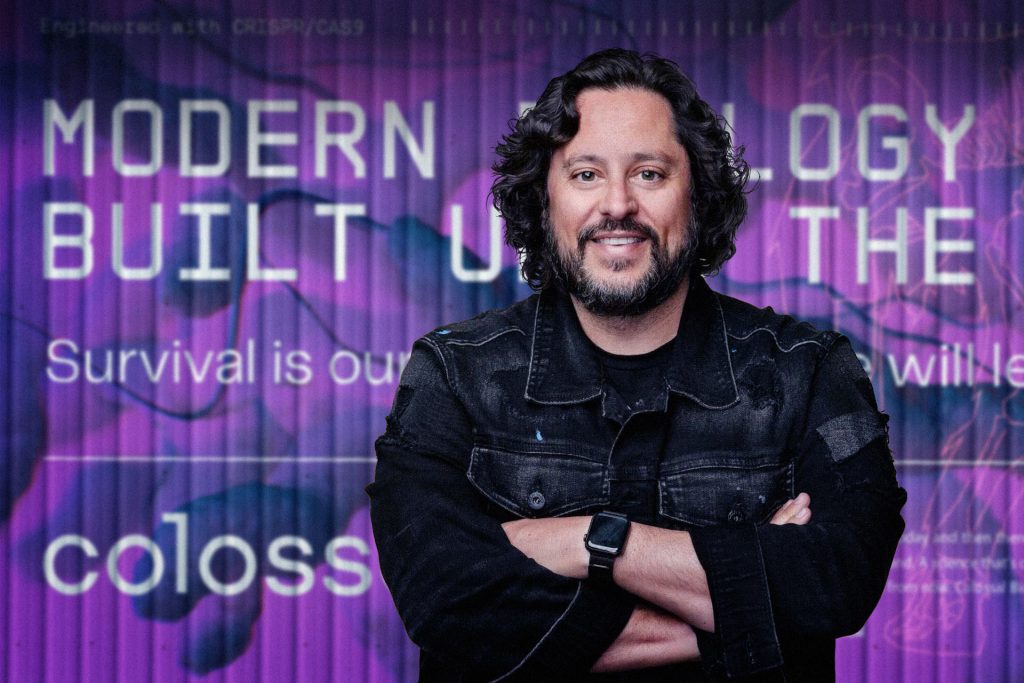
Ben Lamm. Photography by John Davidson.
Woolly mammoths haven’t existed for thousands of years. Most had disappeared about 10,000 years ago, and the few remaining populations were gone by about 4,000 years ago.
But imagine if they roamed in the 21st century. Their stomping in the Arctic could expose healthy, carbon-trapping grasses, suppress methane and prevent light reflection. They could restore the tundra to a global climate protector. With the ever-present threat of climate change, biodiversity loss and other issues, the mammoths would address problems humans are trying to solve.
This isn’t just hypothetical. Earlier this year, a company called Colossal Biosciences announced its goal to bring back the woolly mammoth. And our neighbor Ben Lamm is at the helm.
Lamm, a fellow of the Explorer’s Club and a Scientific Advisory Board member on the Planetary Society, has been interested in nature preservation his whole life.
Throughout his childhood, the Texas native traveled frequently with his family. They spent a lot of time in Africa, where they saw animals roaming freely.
“I’ve always been drawn to animals and preserving wildlife in their natural habitat,” says Lamm, who splits his time between Austin and his family’s mid-century modern Preston Hollow home. “And then, over the last four or five years, as there’s been more and more science that’s come out showing the effects of man-made climate change, it’s just made me more interested in leveraging my skill sets with emerging technologies for that category.”
During his career, Lamm founded several startups: Hypergiant, an enterprise AI Software company focusing on critical infrastructure, space and defense; Conversable, a conversational intelligence platform that facilitates automated experiences between companies and customers, acquired by LivePerson; Chaotic Moon, a creative technology company acquired by Accenture; and Team Chaos, a gaming business acquired by Zynga.
Given his interest in synthetic biology, Lamm met with scientist George Church, a leading researcher in the field, a couple years ago. Synthetic biology includes redesigning organisms to address problems by engineering them to have new abilities. Church, the Robert Winthrop professor of genetics at Harvard Medical School and a core faculty member at the Wyss Institute for Biologically Inspired Engineering at Harvard University, is known for his breakthroughs in genomics.
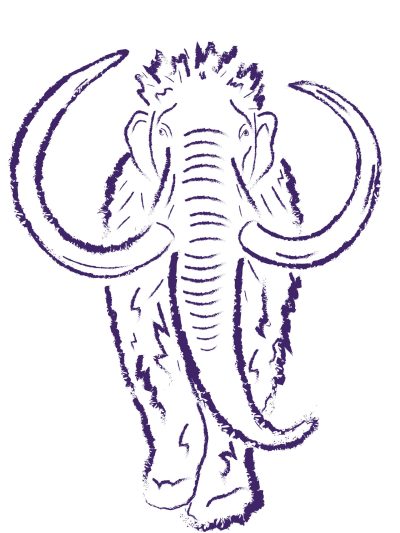
Conversations with Church about synthetic biology led to discussions about bringing back the mammoth. Together, they founded Colossal.
“It was really this opportunity to build this next-gen biotech company that was focused on a big moonshot that I think is as important for humanity as landing on the moon was, with the extinction, and then apply those technologies to both conservation and human health care,” Lamm says. “It was a company that really met my core values and goals, but at the same time, peaked my technological interest, and I thought I could help build a team that was pretty complementary to George and his team and his research.”
Colossal is working with Asian elephants, which are endangered. They have a genetic code that is 99.6% similar to the woolly mammoths, their ancestors. If these elephants have the genetic adaptations to survive in the Arctic, where there is less population density and human-elephant conflict, they could be saved.
Lamm says the goal is to have the first cohort of calves, somewhere in the low teens, four to six years from now. They will look and act like woolly mammoths, but their unseen DNA will be a combination of a woolly mammoth and an Asian elephant.
In the process, the team hopes to make other scientific advancements. For example, they’re working on a vaccine and treatment for EEHV, a form of the herpes virus that can kill elephants. Lamm says other technologies such as genetic engineering tools and artificial wombs, which can benefit human health, will also be invented.
As of mid-November, Colossal had raised $16.5 million in its seed round. The company has labs in Boston and Dallas and offices in Austin.
“I, like many others, are excited for the day to see a mammoth back on this planet and be able to inspire others,” he says. “One of the things that I think we not only have an opportunity to do but we have a responsibility to do is to ensure that we bring to genetics and biology the same level of attention and excitement and hopefully inspiration that some of the great space technology companies like SpaceX, Blue Origin and Virgin Galactic are doing for engineering.”


